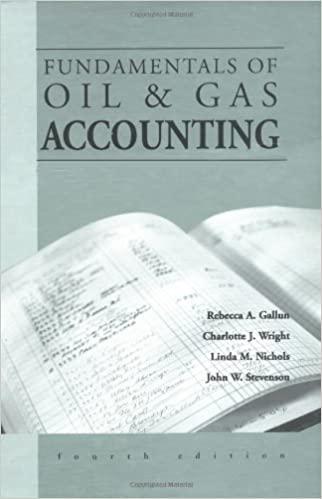
Paul's Overhead Doors reports the following financial information: (Click the icon to view Paul'sOverhead Doors financial Information.) Requirements 1. Use the accounting equation to solve for the missing information. 2. Was it a good year or a bad year for the business? Requirement 1. Use the accounting equation to solve for the missing information. Requirement 2 . Was it a good year or a bad year for the business? Paul's Overhead Doors reports of This means it was a for the business. the busine: Introduction Financial decisions often involve the concept of compound interest, a fundamental element in the world of finance. This assignment aims to delve into the intricacies of compound interest through various scenarios, emphasizing its application and implications. Objectives 1. Gain a comprehensive understanding of compound interest. 2. Apply mathematical formulas to calculate compound interest under different scenarios. 3. Analyze the impact of compounding frequency and changing interest rates on investment outcomes. Scenario 1: The Power of Compounding Consider an initial investment of $7,500 with an annual interest rate of 6%. Calculate the compound interest and the future value of the investment after 4 years, assuming compounding occurs quarterly. Scenario 2: Comparing Compounding Frequencies Take the same initial investment and interest rate as in Scenario 1 but vary the compounding periods: monthly and daily. Calculate the future values for each compounding frequency and discuss any differences observed. Highlight the significance of compounding frequency in wealth accumulation. Scenario 3: Dynamic Interest Rates Assume an initial investment of $12,000 with a variable interest rate. The interest rate starts at 4% for the first two years, increases to 7% for the next two years, and then decreases to 3% for the final two years. Calculate the compound interest and the future value at the end of the sixth year. Discuss the impact of fluctuating interest rates on the overall investment. Conclusion Summarize the findings from each scenario, emphasizing the role of compound interest in shaping investment outcomes. Reflect on how these mathematical concepts can guide financial decision-making in real-world scenarios. Consider the implications of compounding frequency and dynamic interest rates on long-term financial goals








